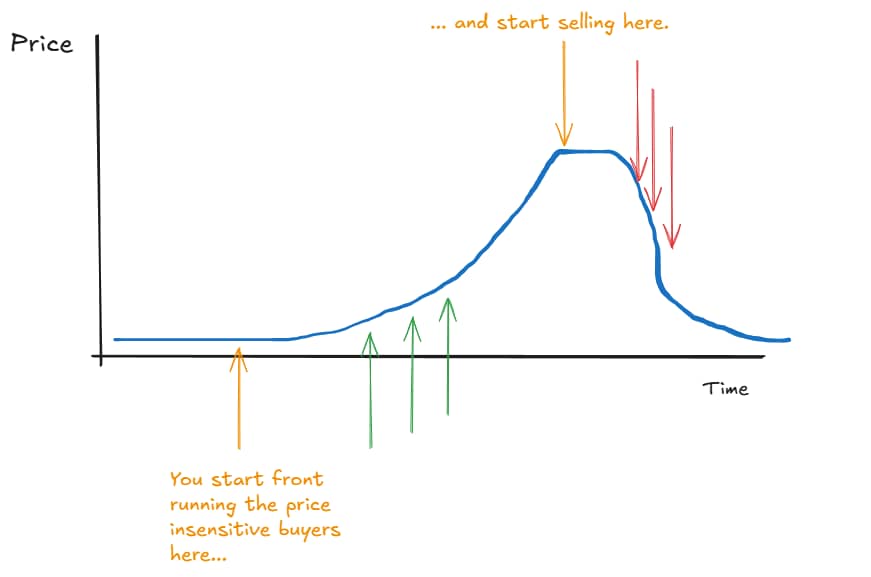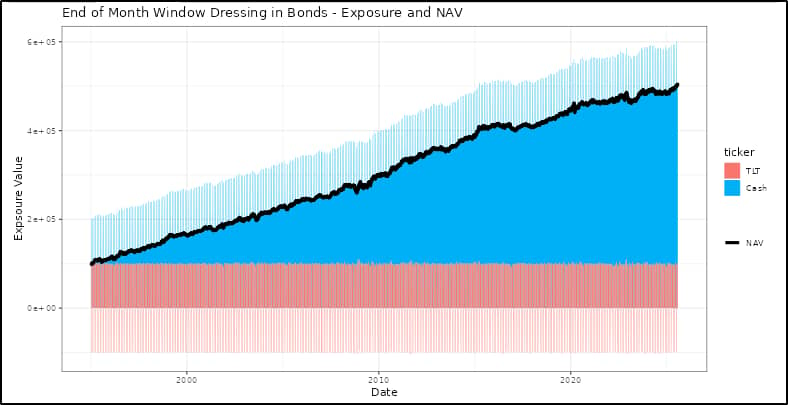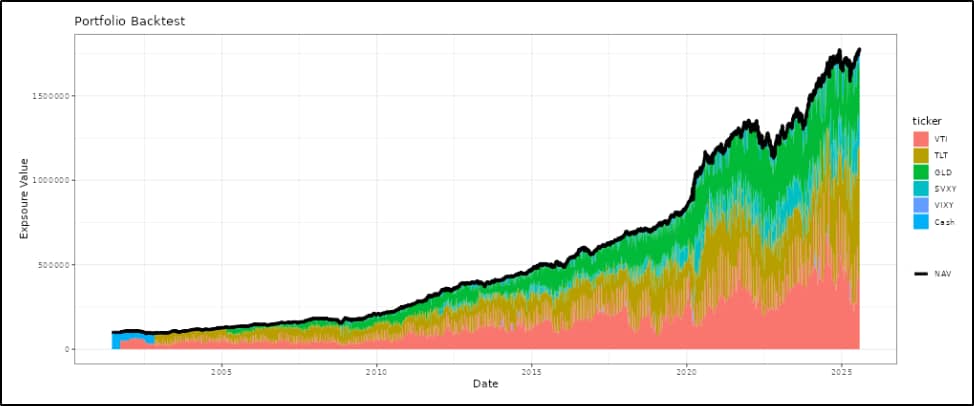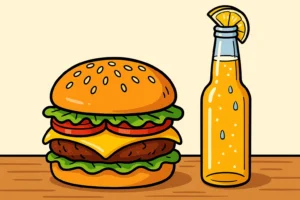The market is a highly competitive beast.
If you’ve spotted an edge, others have too. And as capital piles in, most obvious mispricings will eventually decay.
Take the reasonably well-known end-of-month bond trade, for example.
Towards month end, excess price-insensitive demand for treasuries tends to come in, causing a temporary dislocation from fair value:

A simple approach is to enter ahead of that flow and sell into it at higher prices:

Is it perfect?
No! Far from it.
- It only comes around once a month
- It doesn’t work out every time – it’s a noisy effect, at best.
But despite that, it’s been outrageously successful for something so simple:

This is a simple, high-performing edge that we share with everyone who joins the Trade Like a Quant course.
Recently on our Discord server, someone asked an excellent question:
If you keep sharing this, won’t everyone pile in and kill it?
Edge decay is real
This is an excellent observation.
As more traders try to front-run the same flow, effects usually get smaller and earlier, until eventually, what’s left looks like noise:

So why share it?
In addition to this trade, we share a bunch of others in Trade Like a Quant, and more in RW Pro. Aren’t we contributing to their decay?
Yes, to an extent.
Unless…
… There’s a good reason to believe we won’t make a significant impact.
Such reasons include:
- The effect is so big that our marginal buying/selling is negligible.
- The effect is unattractive (noisy, sparse, Sharpe < 1), keeping the big players away.
Both of those apply to the end-of-month bond trade. These are highly liquid assets, and demand is huge compared to what we might do at the margins.
Our group of indie traders will have almost zero impact in a market like that.
There’s plenty of edge to go around.
Not only that, the edge itself is a little crappy compared to what you can do with pro-level resources.
When I was trading professionally, my firm traded stat arb on global futures supported by low-latency execution infrastructure. We consistently realised a Sharpe of 2-3.
There’s no way we would have given this trade so much as five minutes of our time. If I suggested we traded it, I’d have been laughed out of the office.
It wasn’t on our radar, and this would be true for most professional firms.
The portfolio is the point
You’ll find that most of what you can trade as a retail trader looks like this.
Big, obvious edges that are unattractive to the big boys.
The good news, though, is what happens at the portfolio level when you combine multiple mediocre edges. When one strategy zigs, another zags, smoothing out your ride:

This is an after-cost backtest of four simple edges similar to the end-of-month bond trade:
- Big, chunky, but mediocre edges…
- In liquid assets…
- Where we can only have a tiny impact at the margins…
- And that you could trade with a potato and still make money.
Takeaway: You don’t need one killer signal. You need several decent ones, sized sensibly, that you can realistically compete in.

